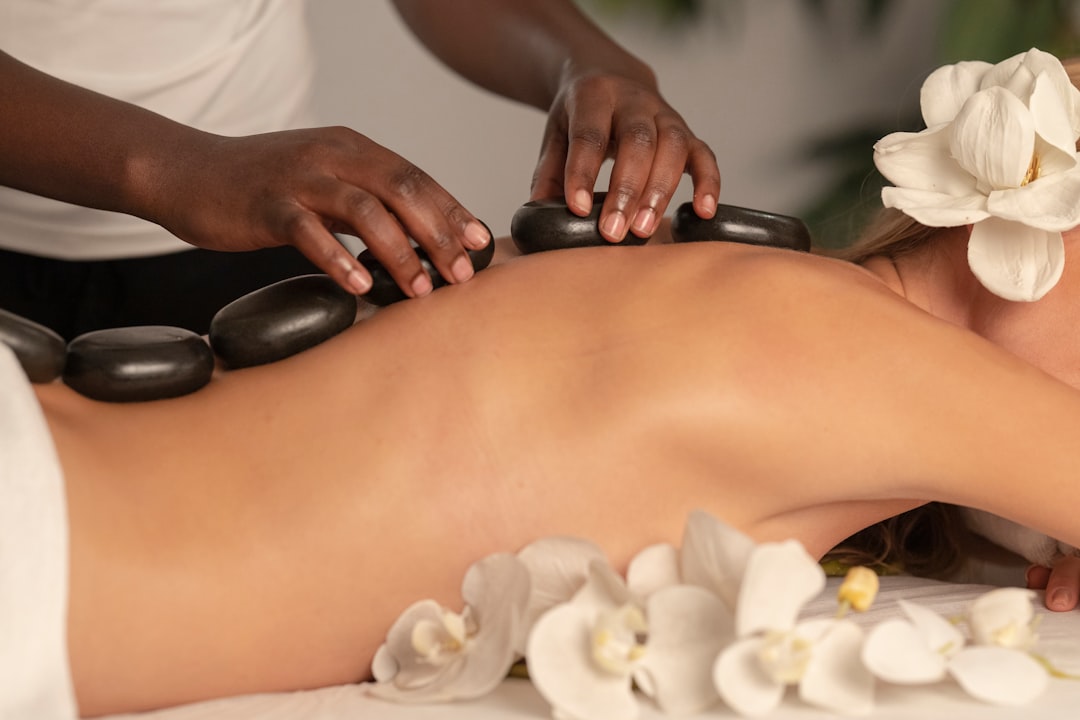In Texas, informed consent and clear personal boundaries are essential in massage therapy for ethical and legal practice. Massage abuse attorneys highlight the need for educational programs to empower clients, train therapists on preventing misconduct, and foster trust. Interactive training using role-playing, videos, and peer learning improves knowledge retention, enhances safety, and reduces massage abuse cases, making Texas a safer environment for therapeutic interactions.
In the therapeutic realm, establishing clear consent and personal boundaries is paramount to fostering a safe, ethical environment. This article delves into the critical components of designing educational programs focused on consent for clients, especially in the context of massage therapy. We explore the legal and ethical framework surrounding consent, the significance of personal boundaries, and strategies to identify and prevent potential massage abuse scenarios. By implementing effective training, therapists can empower themselves and their clients, ensuring a protective environment, particularly relevant for massage abuse attorneys in Texas.
Understanding Consent: Legal and Ethical Framework in Massage Therapy

In the context of massage therapy, understanding consent is paramount to ensuring ethical and legal practice. Consent forms are a crucial tool to establish clear communication between therapists and clients, setting boundaries from the outset. Texas law, like many jurisdictions, has specific guidelines regarding consent in therapeutic settings, particularly addressing issues of sexual harassment and assault. Massage abuse attorneys in Texas emphasize that therapists must obtain informed consent, which involves disclosing treatment details, potential risks, and ensuring the client understands and agrees to the session’s parameters.
The legal framework surrounding consent in massage therapy is designed to protect clients’ rights and prevent instances of misuse or abuse. Therapists are responsible for creating a safe environment by educating clients about personal boundaries and their right to refuse any treatment. By fostering an understanding of consent, therapists can build trust, maintain professional boundaries, and mitigate potential legal issues, ensuring a positive and therapeutic experience for all clients.
The Significance of Personal Boundaries in Client-Therapist Interactions

Personal boundaries play a crucial role in establishing a safe and therapeutic environment between clients and therapists, especially when addressing sensitive topics like consent. In the context of massage therapy or any intimate service industry, clients must feel empowered to set and communicate their personal limits. This is not just about avoiding physical harm but also emotional and psychological well-being. Many cases of massage abuse or inappropriate behavior by attorneys in Texas have stemmed from unclear boundaries, highlighting the need for education and awareness.
By implementing educational programs focused on consent and personal boundaries, therapists can help clients recognize and assert their rights. These programs should cover various aspects, including body mapping exercises to enhance client awareness, role-playing scenarios to practice communication skills, and discussions on cultural differences and consent expectations. Equipping clients with the knowledge and confidence to set boundaries is a proactive step towards fostering healthy interactions and preventing potential abuse, ensuring a more secure environment for all parties involved.
Identifying and Preventing Potential Massage Abuse Scenarios

In the context of massage therapy, establishing clear boundaries and understanding consent is paramount to ensuring a safe and positive environment for both clients and practitioners. One of the primary goals of educational programs should be to identify and prevent potential scenarios that could lead to abuse or misconduct. Massage abuse attorneys in Texas emphasize that clients must be educated on their rights and the importance of setting personal limits. This includes recognizing uncomfortable touches, inappropriate comments, or any behavior that makes them feel uneasy. By fostering open communication, therapists can create a safe space for clients to express boundaries and report any concerns without fear of retaliation.
Training should cover various scenarios, such as unexpected physical advances from practitioners, inappropriate discussions about personal matters, or attempts to isolate clients during sessions. It’s crucial to teach clients to trust their instincts and respond assertively if they feel violated. Moreover, educators can provide practical tips on consent communication, role-playing scenarios, and the legal protections available for victims of massage abuse, ensuring that both parties understand their rights and responsibilities.
Designing Educational Programs: Interactive and Engaging Strategies

Designing effective educational programs on consent and personal boundaries is essential, especially for clients who may be vulnerable to massage abuse or other forms of exploitation, as highlighted by massage abuse attorneys in Texas. Interactive and engaging strategies can significantly enhance knowledge retention and foster a safe, respectful environment. Incorporate real-life scenarios and role-playing exercises to simulate potential situations, allowing participants to practice setting and respecting boundaries. This hands-on approach not only makes learning fun but also helps individuals develop the confidence to communicate their needs and expectations in various contexts.
Utilize multimedia elements such as videos, infographics, and interactive quizzes to cater to different learning styles. These tools can simplify complex concepts and make the educational process more dynamic. Additionally, encourage open discussions and peer-to-peer teaching, fostering a supportive community where individuals feel comfortable sharing their experiences (or lack thereof) and learning from one another. By integrating these interactive strategies, you create an immersive experience that encourages active participation and empowers clients to take charge of their well-being.
Implementing and Evaluating Consent and Boundaries Training in Texas

In Texas, implementing consent and personal boundaries training is a critical step in addressing issues related to massage abuse. With a growing awareness of professional misconduct within the wellness industry, educational programs focused on these topics are becoming increasingly important. Such initiatives aim to empower clients by equipping them with the knowledge to give and receive clear consent during therapeutic services, thereby fostering a safer environment. This training is especially pertinent in light of recent cases involving massage abuse attorneys in Texas, highlighting the need for better client protection.
Evaluating the effectiveness of these programs is crucial. Regular assessments can gauge clients’ understanding of consent and boundaries, ensuring that the training translates into real-world applications. Feedback mechanisms, including post-training surveys and follow-up interviews, allow for continuous improvement of the educational content. By consistently refining these programs, Texas massage therapy schools and professional organizations can contribute to a significant reduction in massage abuse cases, enhancing client safety and trust within the industry.





